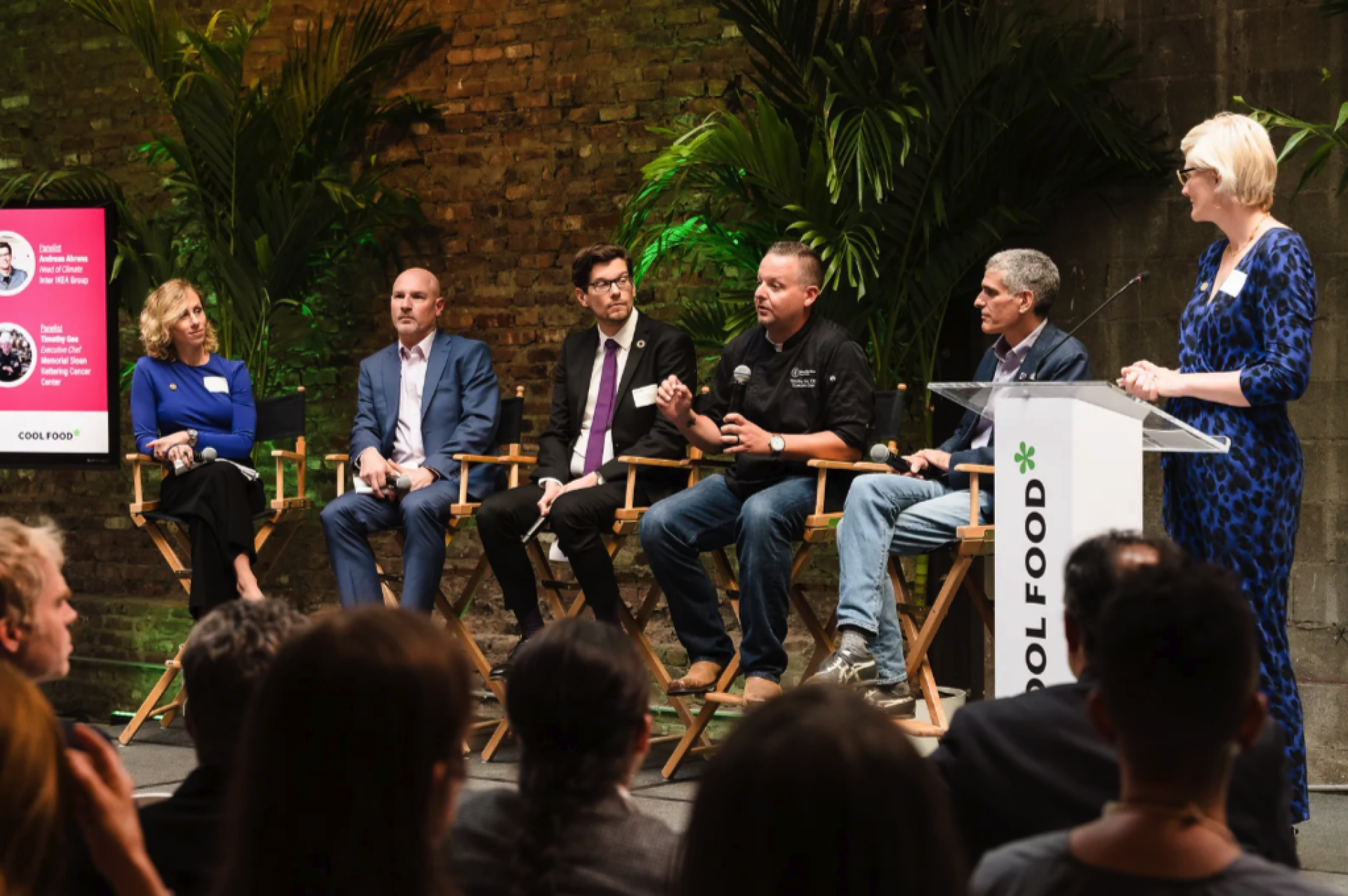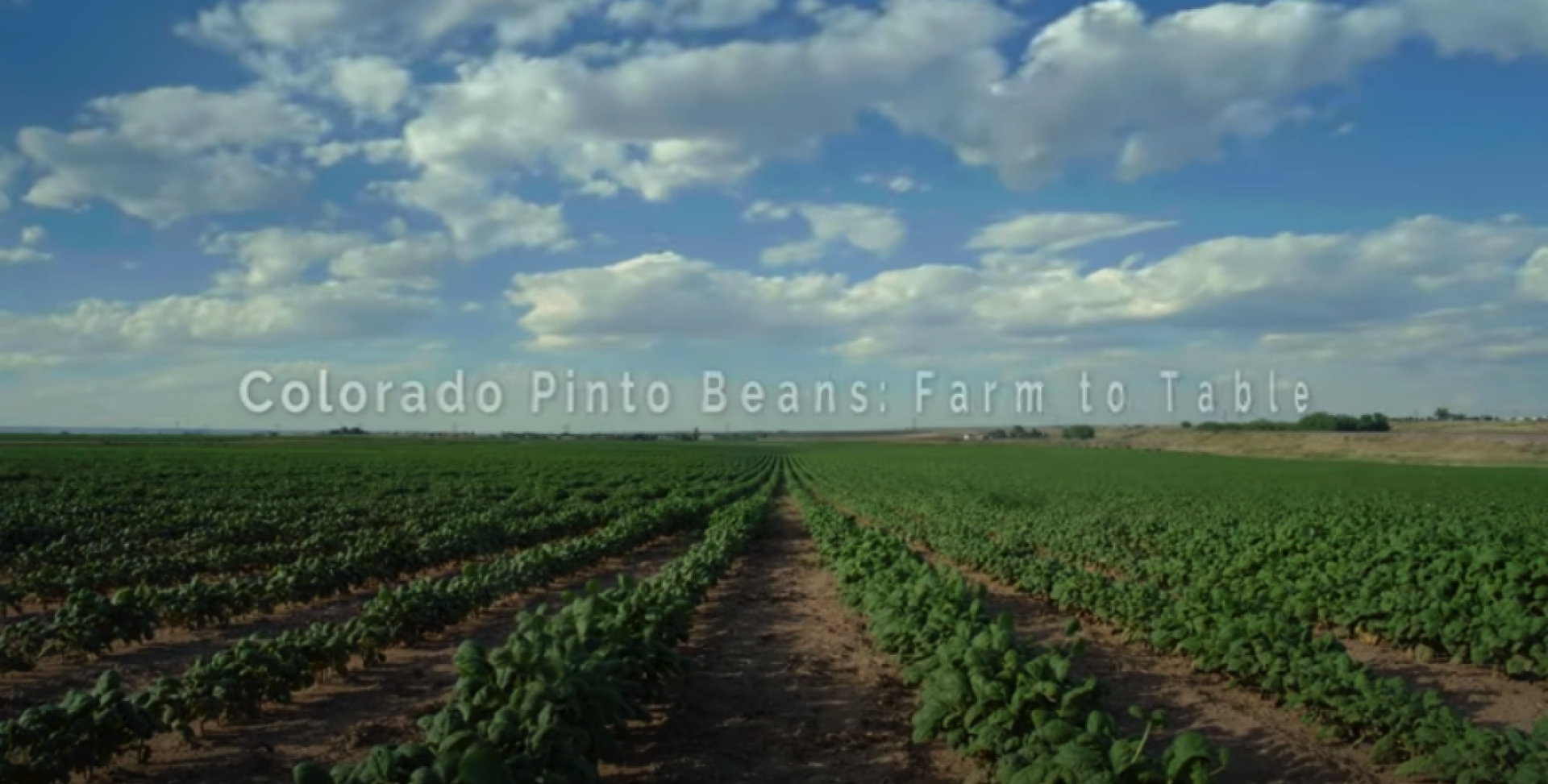Plant-Forward Future
Plant-forward is trending and chefs are discovering creative recipes that satisfy customers and increase sales. Hospitals in the Healthy Food in Health Care network are innovating and collaborating across food service and clinical care departments to highlight the mouthwatering flavors, health and environmental benefits, and cost-savings that plant-forward meals can provide.
Purchase, menu, and market plant-forward meal options
Our curated set of resources, Plant-Forward Future, help health care facilities set a plant-forward goal, menu and market plant-forward dishes, and track their progress. Many leading health systems are partners of Practice Greenhealth, our membership organization. Practice Greenhealth provides tools, resources and a community of practice to implement sustainable strategies in health care.
- The Coolfood Pledge is a platform to help hospitals offer diners more of what they want while slashing food-related greenhouse gas emissions, saving costs, and improving health. Participating hospitals receive technical assistance and support from Health Care Without Harm and Practice Greenhealth.
- Health Care Culinary Contest - Health Care Without Harm and Practice Greenhealth teamed up with Menus of Change, an initiative of The Culinary Institute of America and Harvard T.H. Chan School of Public Health to host an annual Health Care Culinary Contest for hospital chefs and food service professionals.

Our stories: Coolfood participants serve up solutions, chopping dishes’ GHG emissions
One hundred and thirty hospitals in the Practice Greenhealth network are working concurrently with other large food providers toward the Coolfood goal of cutting greenhouse gases from food purchasing by 25% by 2030.
Join a regional innovation project: Plant-based proteins
Health care systems have partnered with local producers and food processors to design plant-based protein products especially suited for health care. We’re offering guidance and support on menuing and marketing these unique foods along with strategies for replicating this model.
Our Northeastern team collaborated with hospitals, farmers, and food processors to grow, market, and serve New England-grown yellow peas and Field Falafel, a value-added product developed especially for health care food service. Learn more and discover marketing materials for these products.
Our Northwestern team collaborated with hospitals, farmers, and food processors to grow, market, and serve Northwestern-grown legumes. Learn more and discover marketing materials for these products.
Our Californian team collaborated with hospitals, farmers, and food processors to grow, market, and serve California-grown beans. Learn more and discover marketing materials for these products.
Our Colorado team collaborated with hospitals, farmers, and food processors to grow, market and serve Colorado-grown pinto beans and two value-added products developed especially for health care food service: fiesta refried pinto beans and pinto bean tempeh. Learn more and discover marketing materials for these products.

Our stories: Colorado farmers & processors partner with hospitals to serve local beans
A Plant-forward Future campaign set out to help hospitals and institutions purchase and serve healthy, locally sourced beans and bean products to their customers. This video follows local Colorado farmers who grow pinto beans for local processors who create value-added products, including two new creations designed for health care food service, the Fiesta Beans and Rocky Mountain Pinto Tempeh.
Reduce food waste and loss
Health care is joining organizations across the country in Environmental Protection Agency’s goal to reduce food waste by 50% by 2030.
Hospitals generate over 30 pounds of waste per bed per day. It is estimated that 10-15% of the waste an average hospital creates is food waste – that’s about 288,401 tons of food waste generated per year from hospitals. Hospitals are in a unique position to reduce their climate impact and address food insecurity in their service areas.
Landfilling food wastes money, contributes to climate change, and is a missed opportunity for addressing food insecurity. Our Food waste solutions guidance 🡥, which aligns with the EPA food recovery hierarchy and evolving state and federal regulations, leads you through each strategy from source reduction to food donation to recycling and will help you make a plan for achieving your waste reduction goals.
Our virtual cohorts 🡥 provide Practice Greenhealth partners a space to learn about new trends and technologies and collaborate with their peers on implementation strategies.
Support sustainable producers
Purchase from farmers and food producers who use less resource- and carbon-intensive production practices such as growing plant-based foods, and regenerative and organic agriculture in order to support resilient regional food systems.
Hospitals throughout the country are using their purchasing power, nutrition knowledge, and community connections to create thriving food systems.
Leverage your purchasing power for climate action
Join a regional innovation project: Community solutions
Across the country, hospitals, community-based organizations, and supply chain partners are collaborating to find implementable solutions to critical food systems issues including climate resilience.